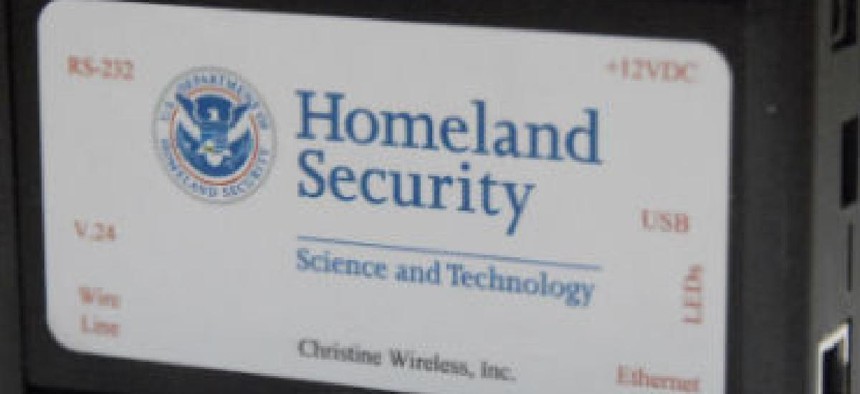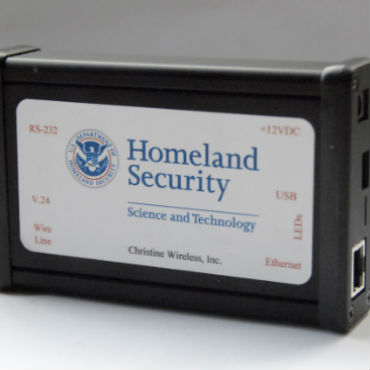Updating acquisition guidance, awaiting a patent and hacking damage

News and notes from around the federal IT community.

DHS is championing an IP-based device that can enable emergency responders to communicate regardless of the types of radios they use.
Pentagon issues updated acquisition guidance
The Pentagon has issued updated guidance authorizing acquisition leaders to tailor regulatory requirements to "more efficiently achieve program objectives."
The guidance -- signed by Frank Kendall, undersecretary of Defense for acquisition, technology and logistics, and dated Jan. 7 -- is in line with the overarching goal of Kendall's latest round of acquisition reform: getting new gear into the hands of warfighters faster.
"When there is a strong threat-based or operationally driven need to field a capability solution in the shortest time, [officials] are authorized to implement streamlined procedures designed to accelerate acquisition system responsiveness," the guidance states.
DHS S&T awaits patent for radio interoperability
The Department of Homeland Security's Science and Technology Directorate has filed a utility patent for an Internet-based communications technology that seeks to help emergency responders communicate via disparate radio systems.
Officials said that for the first time, they have also signed a licensing agreement with the technology's inventor to allow its commercialization.
The Radio Internet Protocol Communications Module (RIC-M) could save the first-responder community millions of dollars, S&T officials said in a statement. The relatively low-cost interface device connects radio frequency base stations, consoles and other equipment -- regardless of brand -- via the Internet or private IP network. RIC-M converts the V.24 serial communications protocol to the open-standard voice over IP.
It can operate with analog equipment and supports both encrypted and unencrypted digital communications that use the Project 25 suite of standards for digital radio communications among emergency responders.
In addition to applying for a utility patent, S&T officials said they plan to file a trademark application for RIC-M. Once that is approved, S&T will provide licenses to vendors to manufacture and commercialize RIC-M. Officials said they expect the licenses to be available this spring.
Wired: Cyberattack results in physical damage
While attention was focused on North Korea's suspected hack of Sony, another cyberattack took place that could be far more troubling in the long run, Wired reported.
In only the second confirmed case in which a wholly digital attack caused physical destruction of equipment, hackers disrupted control systems and prevented a blast furnace from being properly shut down at an unnamed steel mill in Germany, resulting in massive damage, Wired's Kim Zetter wrote. She added that it is not clear when the attack took place.
The only other known case of a cyberattack causing physical damage was Stuxnet, the digital weapon used to disrupt Iran's nuclear program in late 2007 or early 2008.


